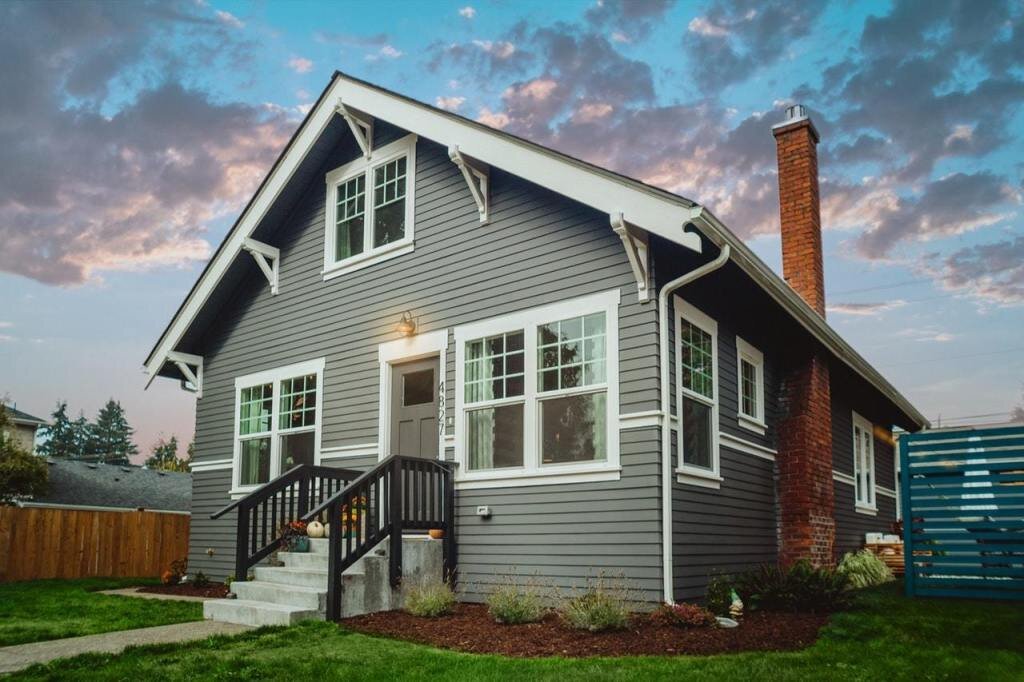The Psychology of Roof Shapes: How Design Affects Perception
Architectural design, much like any form of art, can have a profound psychological effect on our minds. For centuries, architects have designed structures to not only offer shelter but also evoke emotions, convey symbolism, and foster certain behaviors. One of the most striking yet often overlooked elements of architectural design is the roof. This article delves into the fascinating field of environmental psychology to uncover how various roof shapes influence our perception.
Flat Roofs: Modernity and Minimalism
Flat roofs, a frequent sight in modern and industrial design, typically express notions of simplicity, functionality, and contemporary style. They symbolize a departure from the traditional pitched roofs that have dominated architecture for centuries, aligning instead with the principles of minimalism, which emphasize reduction and simplicity. From a psychological standpoint, the utilitarian design of flat roofs can provoke sensations of practicality and efficiency. Nonetheless, the absence of decorative features could leave some feeling that they are impersonal or sterile, reflecting an enduring discussion within architectural circles about the emotional appeal—or lack thereof—of minimalist design.
Gabled Roofs: Comfort and Tradition
Gabled roofs, easily recognized by their triangular form, are among the most prevalent roof designs around the globe, especially in residential buildings. They have a unique ability to stir up feelings of comfort, safety, and nostalgia, largely because of their long-standing presence in traditional and vernacular architecture. To many, the silhouette of a gabled roof is synonymous with 'home,' an association strengthened by its ubiquitous portrayal in children's drawings, fairy tales, and various media. Beyond the nostalgia, the symmetrical shape of these roofs can inspire a sense of balance and stability, offering an aesthetic appeal that strikes a chord on a subconscious level.
Hip Roofs: Stability and Strength
Hip roofs, characterized by their four-sided slopes, are renowned for their durability and resilience. These roofs are more than just sturdy structures designed to weather harsh conditions; they also instill a sense of security and strength, a testament to their robust construction. Their design evokes a sense of wholeness and unity, which might make those under their shelter feel more composed and at ease. Further enhancing their appeal, the symmetry of hip roofs can serve as a soothing visual treat, fostering positive feelings and emotional responses.
Mansard Roofs: Elegance and Sophistication
Distinguished by their double-slope on each side, mansard roofs are a quintessential feature of French Renaissance architecture. They tend to spark notions of elegance, sophistication, and a connection to a rich architectural past, all thanks to their intricate detailing and storied heritage. From a psychological standpoint, mansard roofs often arouse feelings of prestige and affluence, an echo of their historical presence in grand and lavish edifices. While these designs nod respectfully to tradition, they also possess a unique flair that distinguishes them from more customary roof styles.
Curved and Domed Roofs: Spirituality and Innovation
Lastly, curved and domed roofs, familiar sights in many religious edifices, possess a unique power to stir feelings of spirituality, transcendence, and awe. Their seamless lines and towering peaks intuitively guide our gazes heavenward, prompting contemplations of the ethereal and boundless. On the other hand, when viewed from a non-religious perspective, these shapes are a nod to innovation and creativity, a divergence from the rigidity of linear architecture. Their flowing nature is a symbol of harmony, fluidity, and unity, beautifully mirroring the organic shapes we encounter in the natural world.
As we journey through the panorama of architecture, it becomes increasingly clear that the roofs above our heads do more than just protect us from the elements. From the modern minimalism of flat roofs to the traditional charm of gabled roofs, from the sturdy dependability of hip roofs to the historical grandeur of mansard roofs, and finally to the inspiring loftiness of curved and domed roofs - each shape holds a psychological story that subtly affects our emotions and behaviors. Recognizing and appreciating these narratives woven into architectural designs enriches our understanding of how the built environment influences our daily lives. Whether consciously or subconsciously, we are all deeply connected to our surroundings, and even something as seemingly straightforward as a roof design can play a significant role in shaping our perceptions, experiences, and interactions with the world around us.





